Our seven month return trip from Cape Town to Ethiopia has been truly amazing and we have fond memories that will last a lifetime! We have seen amazing sights, explored both the highest mountains and the fourth deepest depression on earth, traversed beautiful landscapes, discovered the underwater world of the Indian Ocean and stood at the brim of an active volcano.
We thoroughly enjoyed exploring the back routes and experiencing diverse cultures. For me one of the most fascinating things was to see how cultures vary and how differently people living on different sides of a border dwell, speak and interacted with us. By Karin Theron
We were gratified that many people enjoyed following this blog and we were encouraged by your enjoyment of our stories and photos and appreciated your feedback. We hope that it has inspired you to dare to travel into Africa.
However, the blog articles cannot always tell the full story. On reminiscing on the trip we decided to draw up a list of the highlights and low-lights. It was no surprise that the highlights outweighed the low-lights by far!
My office during the trip.
Highlights
We received many blessings through the kindness of people and protection along the road:
- The fellow travellers we met on the way were wonderful, like-minded people who generously shared their experiences with us.
- The many peaceful bush camping spots that we found. Most of them were hard come-by.
- Easy and quick border crossings. We never had to stand in a queue and nobody once even hinted at a bribe. We found all border officials to be welcoming, polite, competent and efficient.
- Travelling the back roads, creating new linking 4WD routes and sometimes driving where only feet and bicycles go.
- Excellent health throughout apart from me getting sick one night from our own leftover food which we did not refrigerate.
- We didn’t suffer any harm and nothing was stolen from us.
- The Hilux was a champion! It did not fail us once.
- We were excellent travel partners. We thoroughly enjoyed each other’s company, worked together on the blog as a team and Pete never minded to stop or even turn around for photographs. Also, he is a real ‘McGyver’ who could fix anything that needed repairing (and there were many). I could not have wished for a better travel partner. He on the other hand, was grateful that I was prepared to bush camp and even learned to prefer that to formal camping.
Greatest sense of relief
For Pete: Managing to climb out of the slippery dead-end road in the Kaffa region of Ethiopia before it rained again.
For Karin: Every time we made our way back to a discernible road, even if we didn’t know for certain that it would lead to our destination.
Favourite countries visited
- Ethiopia for the scenery.
- Kenya and Tanzania for the people.
Having fun!
Low-lights of the trip:
- Incident with the Pemba traffic police issuing an invalid fine.
- The toilet facilities in Ethiopia. They are mostly squat, pit toilets that you flush with a bucket of water and are very smelly. One is not allowed to flush down toilet paper.
- In Ethiopia the constant begging and demands of the people.
- The large articulated truck slewing towards us out of control across the road on a wet descent near Axum (Ethiopia).
- The tsetse flies in Kafue National Park in Zambia and Katavi National Park in Tanzania.
- The sudden and extreme heat of the Caprivi, Namibia. That convinced us to hotfoot it home.
Pete at work
Trip stats
Trip Duration: 205 days, from 1 April 2015 to 22 October 2015.
Total distance: 33 231km.
Total trip running cost: R212 179
Number of speeding fines received: 0
Number of vehicle violation fines received: 1 (invalid and hence still unpaid!)
Number of times asked for a bribe: 0
Transport
Moving average: 44.6 km/h
Diesel used: 3 875 litres
Average fuel consumption: 11.67 l/100km
Total fuel cost: R45 854
Average price of diesel: R11.83 p/litre
Total transport cost (including fuel, cross border charges, ferries, toll fees, vehicle services, mechanical repairs/replacements during and on returning home): R88 687
Number of damaged tyres: Four
Major vehicle part replacements/service: 3 x shock absorbers, brake drums and pads as well as both prop shafts.
Accommodation
Total number of nights on the trip: 205
Number of nights camping at campsites: 166 (Many of these had limited and some no facilities.)
Number of bush camps: 20 (Campsites that we had to source ourselves, did not pay for and had no facilities.)
Number of nights under a roof: 19
Total cost of accommodation: R38 882
Average cost per accommodated night: R210
Budget
We had a rough budget of R1 000 per day to cover fuel, national park entries, accommodation, food and visas (Pete travelled with an Australian passport and needed visas for most countries whereas on an SA passport I only needed visas for Uganda and Rwanda).
Some days worked out less expensive than others, depending on how far we had to travel and where we stayed. We kept an eye on the budget as this also had to cover the servicing and any repairs to the Hilux. We only exceeded our monthly budget in the last month as we had major vehicle expenses, having to replace a deep cycle battery in Lusaka, and, together with the 150 000km service on arriving home, fit new brake drums and service both prop shafts.
Below is a breakdown of our expenses on the trip. We did not include food in this schedule as it would be too time consuming to keep track of that. We dined out very little and preferred to buy fresh produce from roadside vendors (they had inexpensive and good quality fruit and vegetables) and meat from small, local butcheries.
Our trip expenses
What we could have gone without:
- The big ground tent with vestibule. Next time we’ll take a lighter ground tent which takes up less packing space and is easier to erect.
- The gazebo aluminium cover sheet that we bought to cover the ground tent.
- Diesel clean up additive.
- We’d replace the steel jerry can with a plastic one because it’s lighter and doesn’t rust.
Things that we haven’t used, but would not have gone without:
- Tyre levers.
- Fire extinguishers.
- Medical insurance.
Hindsight advice on documentation
- Make sure that your vehicle license remains valid for the duration of the trip and upon return.
- Take at least four physical copies and one good quality electronic copy of your vehicle registration papers. Have them certified and carry these copies in different places and away from your original. Also store a high quality scan online.
- Never give your driver’s license to traffic police in foreign countries; rather present the AA International License and possibly get two of these made.
- A second passport is a good idea. Take an expired passport in case thieves demand it.
Advice on funds
- Carry some US$ with you as a backup and only use these when all other sources of funds have failed. Secrete the bulk of this money away in your vehicle. Don’t accept dirty or decrepit US$ notes as change as these will be difficult to pass on.
- Credit/debit cards – watch expiry dates on cards and make suitable plans to be able to continue to fund the trip. If a card is going to expire whilst you travel and renewal is difficult, we have heard of people reporting such a card as lost, whereupon the replacement card has a longer expiry. Although not recommended by the banks, one can carry a duplicate of all PIN/Chip cards in case of loss. Ideally have both Visa and Master cards with you or at least cards from different financial institutions as either your bank or the ATM itself can be fussy about paying out.
- There may be a bank close to the border you wish to cross. If so, use that instead of money changers as some of them can be extremely slick at swindling you. If you have to use them, work out the amount you expect to receive in advance and hold onto your cash until you have the correct amount of new currency in your hands. Count the money yourself, checking the denomination of each note, before you part with your cash. Be careful if a money changer has a companion who may distract you. Needless to say it is essential to have advance knowledge of exchange rates. Update these via the Internet or each time you go into a bank.
Advice on visas
- Some countries such as Ethiopia will only issue a visa in your country of residence and not at an overland border. Get these critical visas before departure to prevent delays and the costs of couriering passports back home.
- Other countries such as Mozambique will (reluctantly) issue a visa at an overland border, but will charge a premium for this service.
- Before you are stamped out of one country be sure that you can obtain the visa for the adjacent country at that border. If not, you may have to re-enter the country you have just exited and buy another visa.
- Some countries such as Kenya appear to allow travellers to re-enter for the purposes of transiting on a single entry visa. Ask at the border for more information.
Travel informed
- Do as much research as possible about the places you want to visit.
- Apart from the Tracks4Africa maps, take as many maps as possible; both paper maps and OSM (Open Street Maps like Orux or MapsMe) on electronic devices. You can not expect any single map to be infallible.
- Take Guide books of all the countries that you are going to visit on an electronic device.
- Ensure you have apps for birding, animals and trees on your electronic device.
- Get information on your route and stop-over points from fellow travellers and their blogs.
In the next blog post we’ll elaborate on the things that went wrong with the vehicle and after-market fitments.











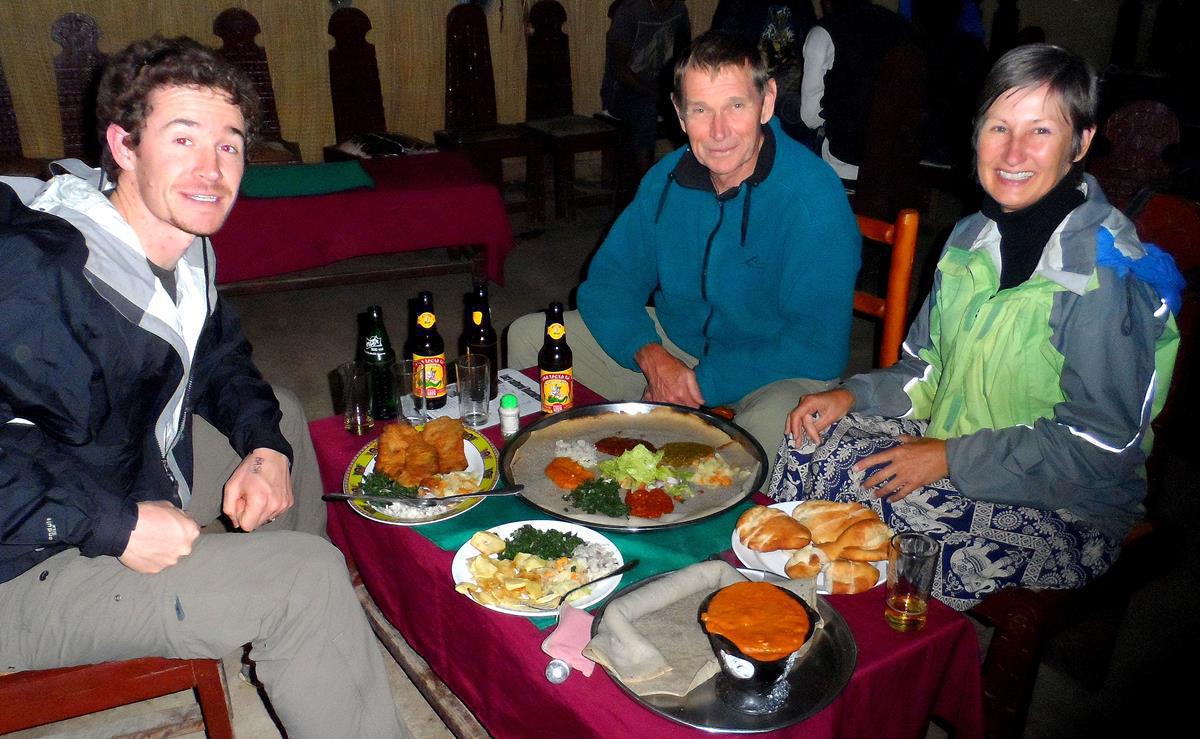









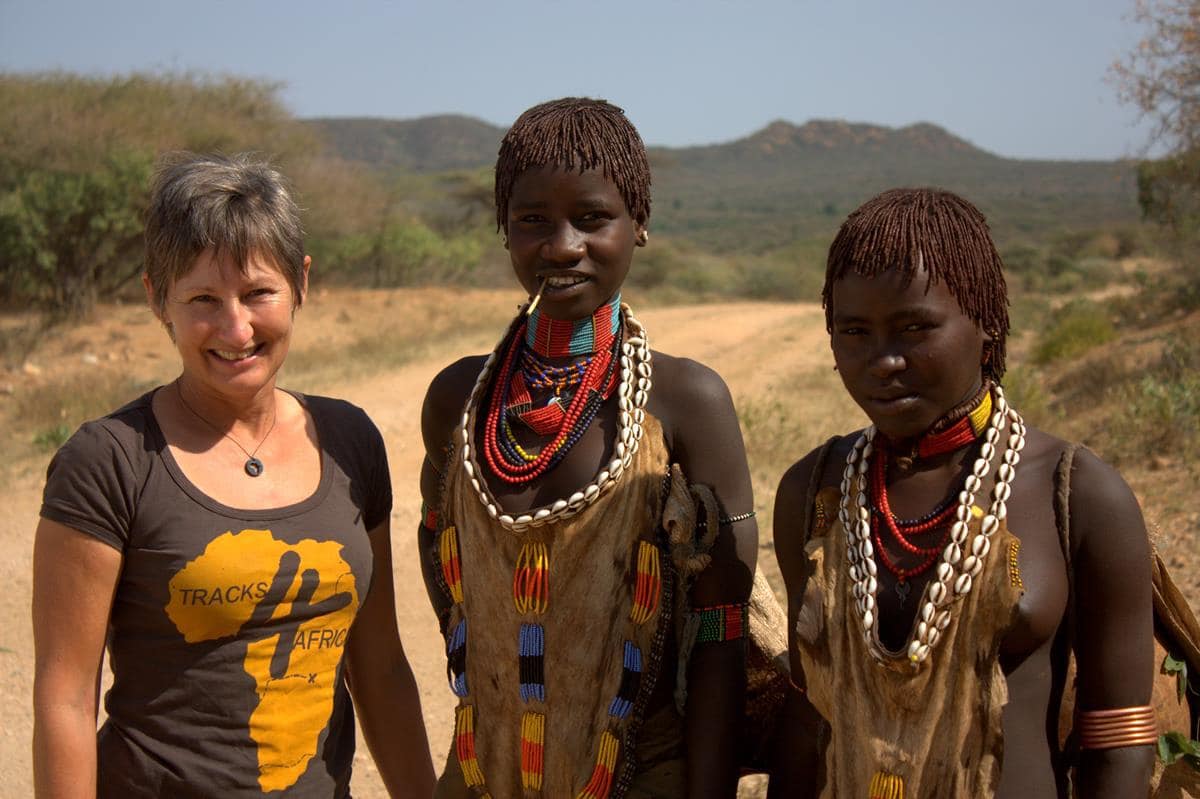



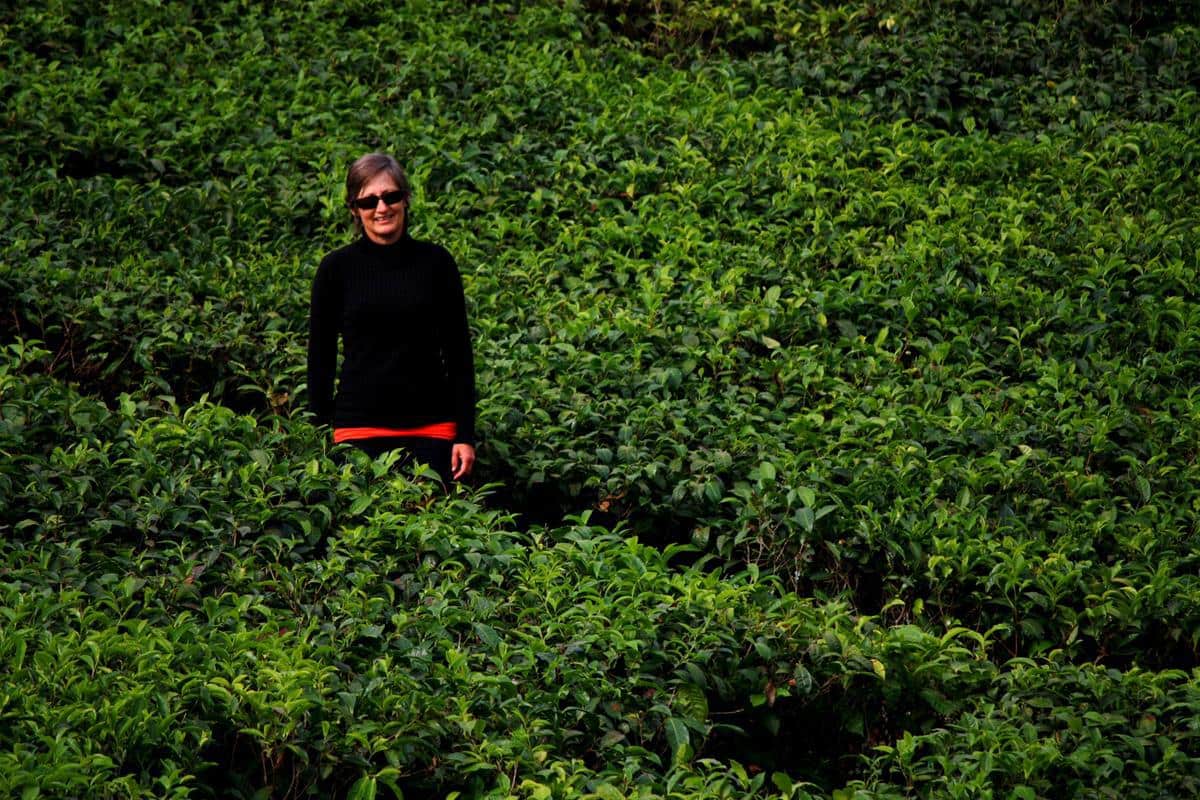


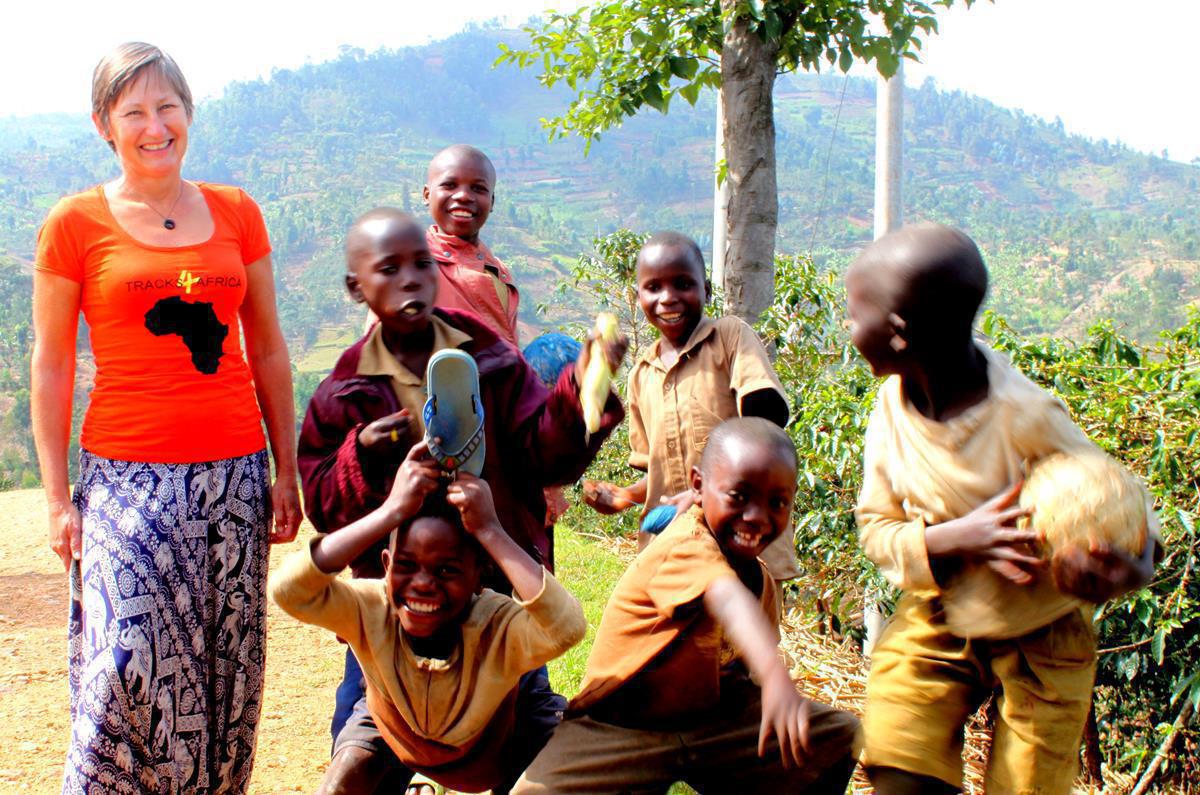











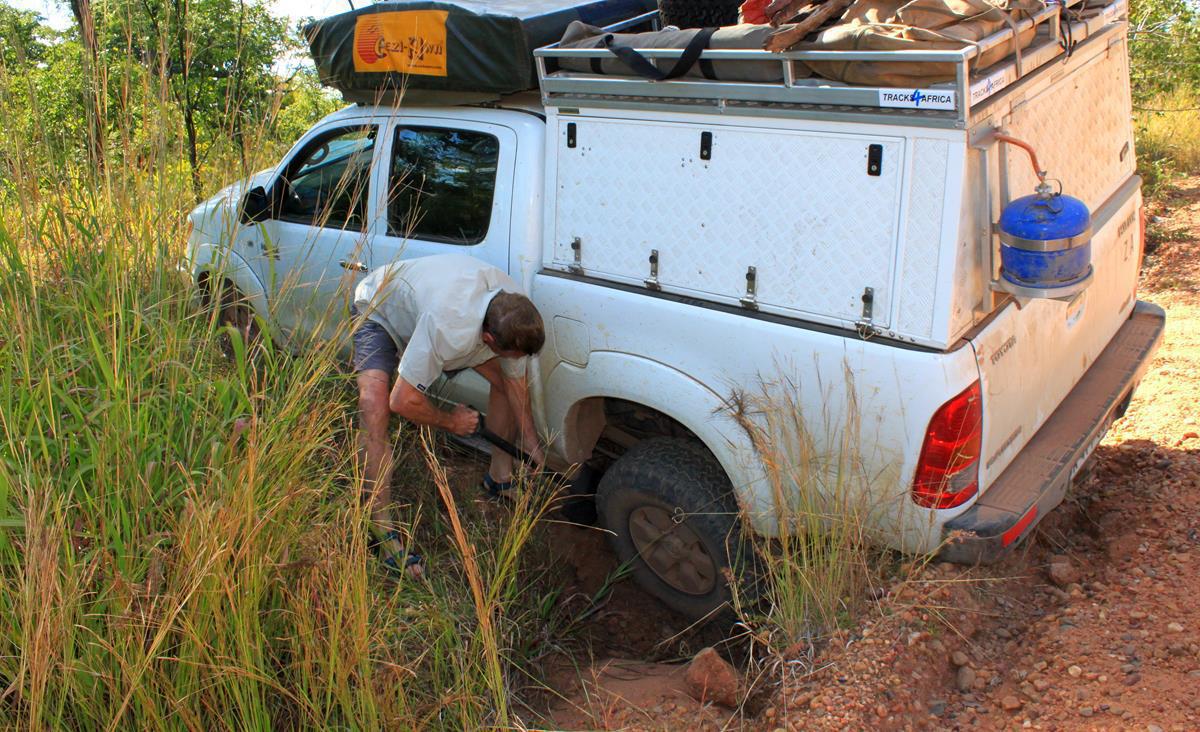


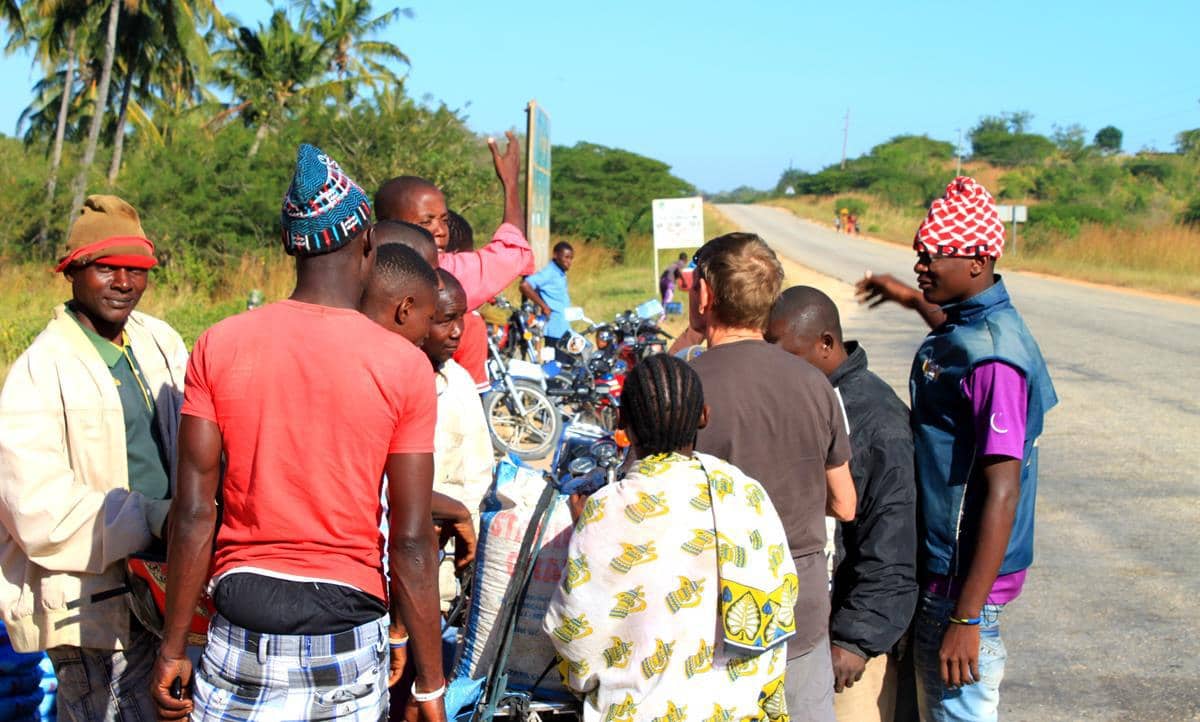


What an amazing trip! The stuff of dreams! But, here in the USA, we do not know where exactly is Carmine C. Please inform me.
When we started our trip, the plan was to go as far as Eritrea. As we had to decide on a name for our trip, Carmine C was a play of words on the Red Sea. For various reasons we did not go to Sudan and Eritrea and unfortunately did not get to the Carmine C (Red Sea) part of our trip. However, as you can see we still had an amazing adventure!
Enjoyed the blog Karin, very informative. I am heading all the way to Europe in my Hilux in January. Can you comment on whether you used a carnet de passage on your trip, if not how did you get on without one as far as you went. if you did use one, did you hear whether it is possible to enter Kenya on a TIP.Look forward to getting my T4A app updated with your new tracks! Thanks Neil
Great experience. And working hard as well.
And it works out very well as a guideline for all overland travellers. Thanks.
Thanks Karin and Pete for a really interesting insight into your travels. It has been a great journey for me following you. If I ever decide to do something like this I know where to get all the info.
thank you Karin & Pete for keeping us posted on an interesting journey.
God bless you guys.
Wow, you guys never cease to amaze me. Well done.
I’ve been there, nearly, and know what you’re on about.
THANK YOU AGAIN.